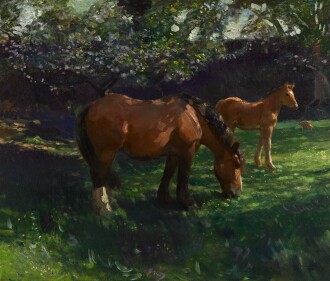S howcasing the unity between Britain and continental Europe in the 19th and early 20th century, for the first time our European Art sale combines the summer sales of 19th Century European Paintings, European Sculpture and Victorian Art in London.
From schools and movements ranging from Orientalist to Barbizon and Academic to Pre-Raphaelite we are excited to have curated a sale which brings together the knowledge of our specialists and expands the understanding of European art in a wider context.

I n the modern world it can often seem like the ancient Greeks and Romans inhabited a distant and vanishing past, a world of mists and dreams. The Greek myths form an enduring thread which binds us to the antique past. Throughout 19th-century Europe the myths of Greece and Rome were enthusiastically depicted by the great artists and their students. From academy to academy, classical myth was regarded as the zenith of subject matter, elevating the art of the age.
The most exquisite embodiment of classicism can be found in Antonio Canova’s iconic masterpiece: The Three Graces. Representing the daughters of Jupiter, king of the gods, Canova’s model lays claim to being one of the greatest sculptures ever made, and can be enjoyed through the beautiful example carved after the original in this sale. Jupiter’s lust is manifest in Gustave Moreau’s masterful Leda and the Swan, a tale illustrated by the greatest of European artists, Michelangelo and Titian. The promise of eternal love is embodied by Carl-Johann Steinhauser’s superb sculpture of Psyche, lover of Cupid, who can be seen spirited away by Venus in Charles-Auguste Fraikin’s L’Amour captif. Its counterpart, unrequieted love, can be seen in Simeon Soloman’s wistful portrait of The Deserted Ariadne, who was abandoned by Theseus on the island of Naxos but happily saved by Dionysos. Whilst some allegories have specific meanings, such as Antonio Bottinelli’s glorious personification of Aria (Air), others have more elusive resonances, such as Johan Julius Exner’s quiet study of The Artist’s Model. John Bernard Munns’ Enigma depicts a young woman in ethereal contemplation of a rosary set against an idealised landscape backdrop which transports the viewer to the Italian Renaissance world.
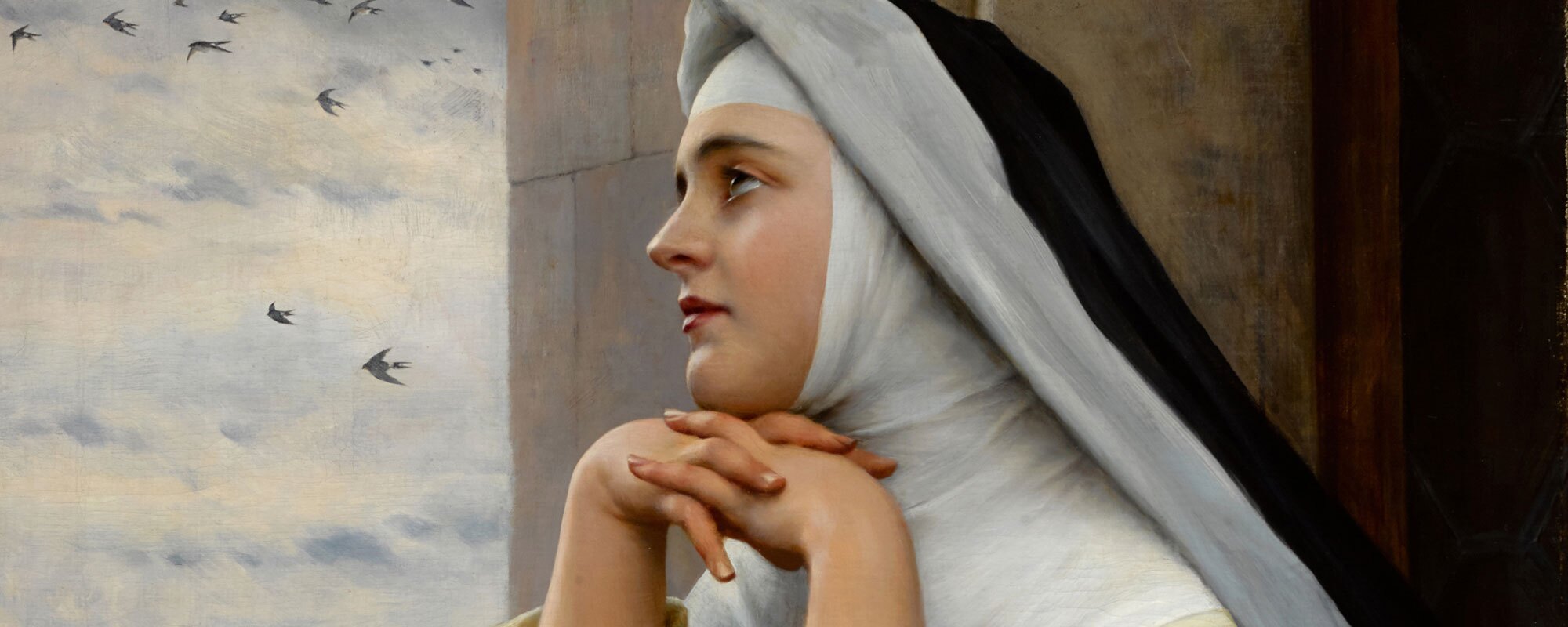
T he human need to be recorded for posterity was particularly important to 19th-century patrons, whether it be as an assertion of the newly acquired success and status of the emerging middle class or a continuation of aristocratic lineages, or the beauty and fashion of the sitters wishing to show their modernity in an age so pre-occupied with its image.
Painters and sculptors reacted to this demand with flattery and flamboyance and often it was their genius and imagination that transformed an uninspiring visage into an elegant work of art. When an artist chose the subject for his portraits they were often imbued with the frisson of sexual attraction or romance with particular muses and models inspiring some of the greatest works of art. This added to a vast pantheon of beauty that shaped changing ideals of both genders.
From Lawrence Alma-Tadema’s languid and intimate portrait of his beloved wife Laura, to Rodin’s bronze of Suzon, artists sought to express the modern woman rather than a classical archetype. German sculptor Rudolph Maison’s bronze depiction of an African athlete and Edwin Long’s Egyptian girl capture what would have been considered exotic subjects in the late 19th century but both sitters are represented with dignity and individuality rather than purely as racial stereotypes.
Portraiture sometimes overlapped with other artistic forms of representation such as Anna Lea Merritt’s Symbolist portrait of her friend Juliet Morse in the guise of Luna the Roman Goddess of the moon, depicted in a transparent gown, presumably at the request of the sitter’s husband.
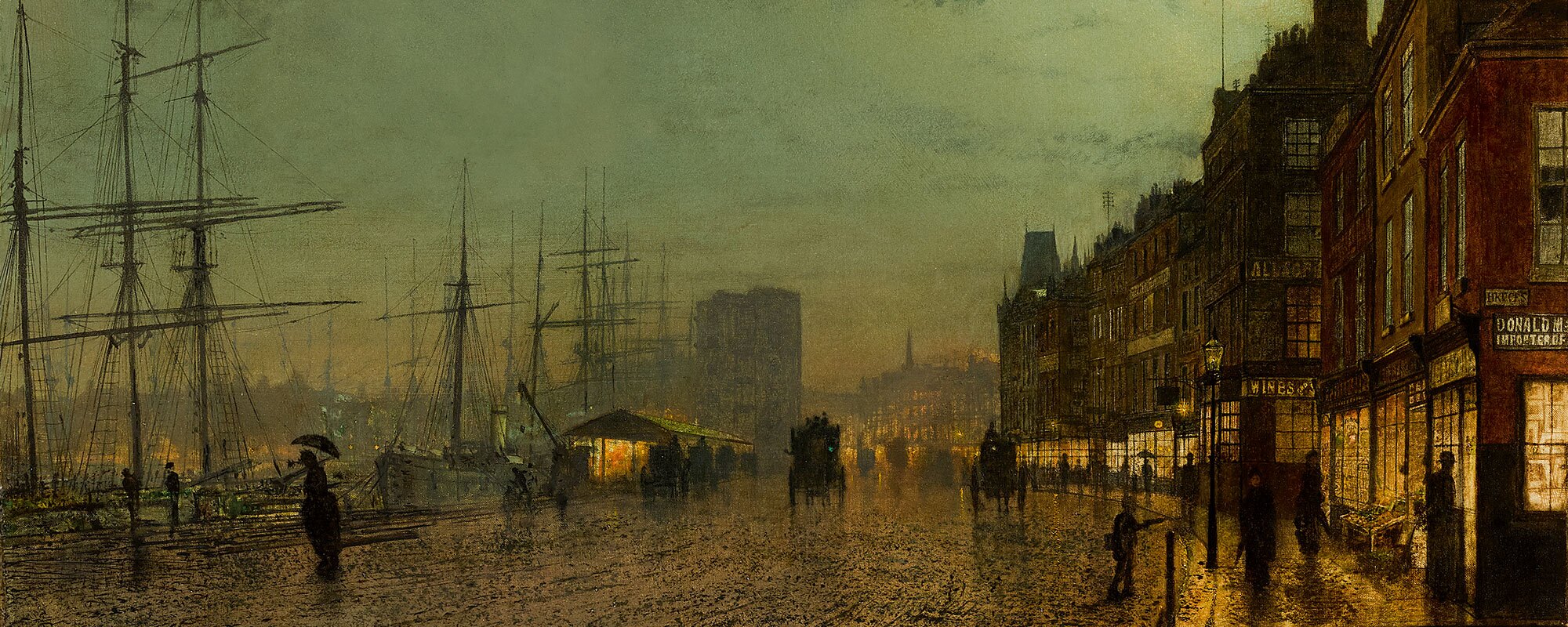
T he appreciation of landscape in its own right, and its choice as a specific subject for art, is a relatively recent phenomenon. Until the 17th century, landscapes and views were confined to the background of portraits or paintings dealing principally with religious, mythological or historical subjects, known as history paintings.
Inspired by Ruysdael, Canaletto, Friedrich and others, the genre truly flourished in the 19th century, appealing as it did to the tastes of the new art buying classes, and took on many forms. At one end of the spectrum were the very rigorously painted views in the lineage of the northern Neo-classical and Romantic tradition, represented in the sale by Eduard Gaertner’s panorama of Moscow, Johan Christian Dahl’s Farm on a Mountainside, and John Atkinson Grimshaw’s haunting view of Glasgow.
Among the first artists to paint outdoors was Jean-Baptiste-Camille Corot, whose luminous view of the Crystal Palace seen through the trees, included in the sale, anticipates Impressionism and the wider movement of plein air painting across Europe. This marks the other end of the spectrum of landscape painting, and is given expression in the sale by the likes of the Spanish painters Santiago Rusiñol and Dario de Regoyos, the Italian Paolo Sala, famed for his London views, and the British landscape painter Henry Herbert La Thangue.
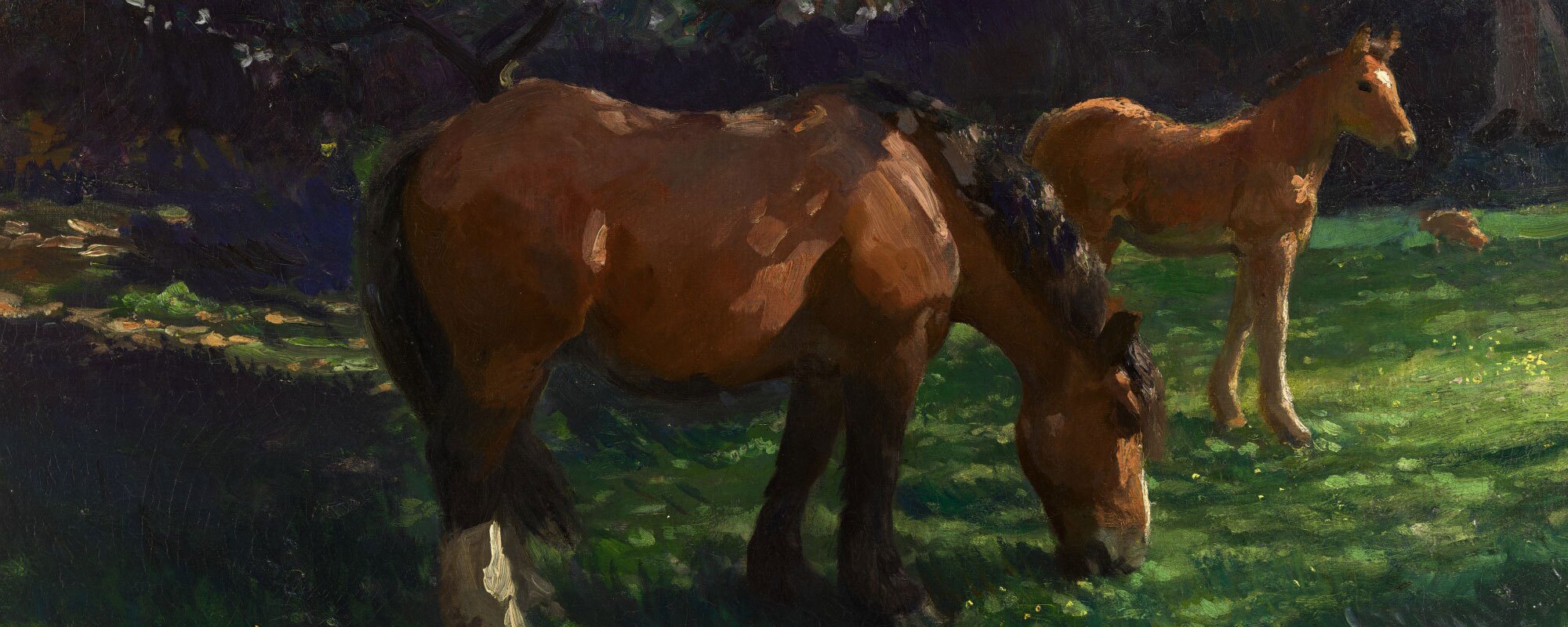
F rom the earliest beginnings of artistic expression on the walls of cave dwellings, the depiction of animals has been central to the human understanding of nature and our place within it. Affection for animals or the fear of them has created some of the greatest works of art through history and in the 19th century, when scientific research meant that we understood animals much better, there was a plethora of representations of every type of fauna.
Animals were often depicted as metaphors for people. The beloved pet kitten delightfully depicted by Henriette Ronner Knip’s The Young Artist symbolizes the domestic comfort of the artist’s home, whilst the wild power of Wilhelm Kuhnert’s buffalo may be interpreted as a symbol of human virility. For Alfred Munnings, there was no subject more worthy of being painted than the horse and he made it the obsession of his life. For many of the visitors to the Salon exhibitions in Europe and galleries in Britain, paintings were the only way to see wild animals in their natural environment whilst sculptures of wild beasts gave a tactile connection.
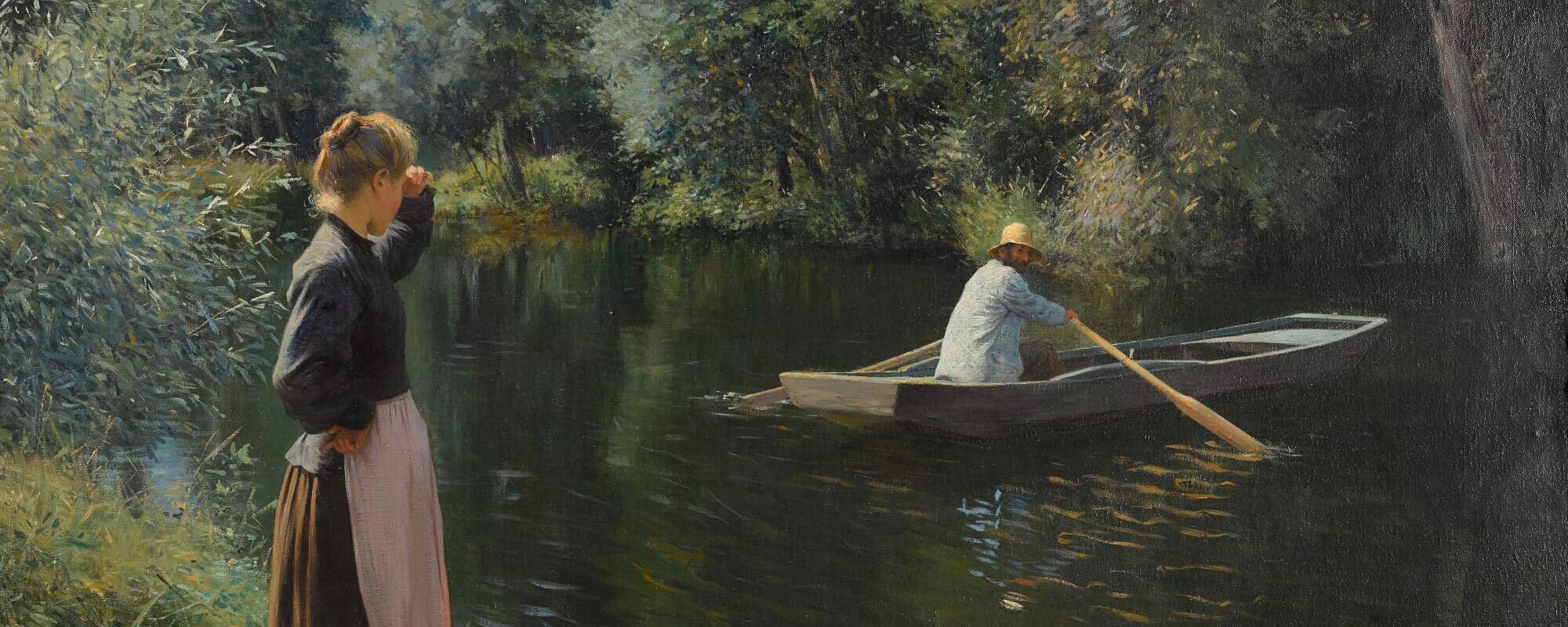
E very country with a middle class, voracious for domestic pictures, had painters particularly adept at heart-winning children, and during the 19th Century attitudes to children crystallised into various stereotypes: innocence; the microcosm of adulthood; vulnerability; and endearing naughtiness. Animals and children were a particularly winning combination as exemplified by Fred Morgan's, playmates of a young girl with her cat.
It was not only this specific subject matter that attracted the rose tinted brush of the 19th century painter. Views of idyllic places needed anecdotal reportage such as von Blaas's ,A good catch, of a young fisherwoman set in a Venetian background. There is no hint of poverty or hardship but the artist revels in the nobility and honesty of the woman going about her business. Leopold Kowalski's, Waiting for the ferry is another romantic scene. There is no indication of boredom or impatience just an idyllic tranquil scene where time has stopped. The scene opens many potential scenarios which are left to the viewers imagination.
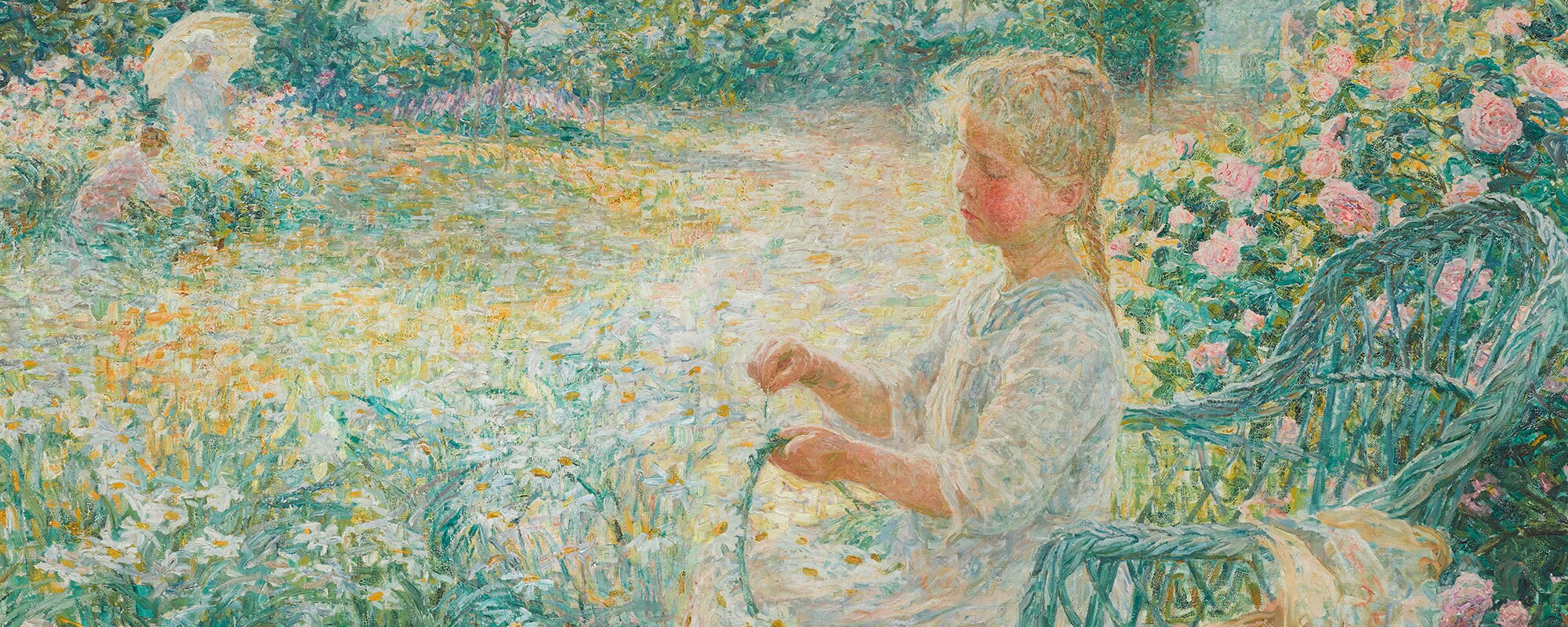
T he emergence of a remarkable group of paintings and works on paper by the Belgian impressionist Jenny Montigny offers an unparalleled opportunity to rediscover this pioneering female Impressionist. Never seen at auction before, the works have remained with the descendants of the artist. The group in our sale, comprising three oils and five works on paper, is led by the magnificent composition Fille au jardin. A tour de force of ‘Luminism’, the Belgian post-Impressionist movement active around 1900, the painting is arguably the finest work by Montigny ever to appear at auction. Radiating the carefree atmosphere of a summer’s day, the painting’s luminous, idyllic quality is achieved by a highly energetic pattern of linear brushstrokes, juxtaposed to give a shimmering effect.





























